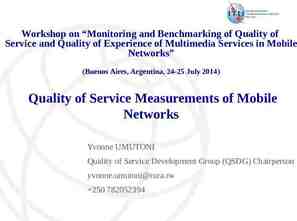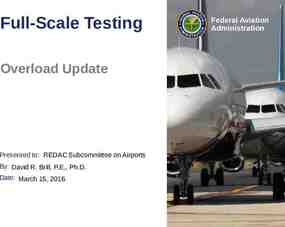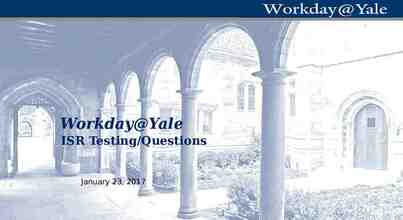Flexible Work Awareness An overview prepared jointly by the University
10 Slides99.56 KB

Flexible Work Awareness An overview prepared jointly by the University Staff Advisory Committee and President and Provost’s Council on Women

Flexible Work Awareness by University Staff Advisory Committee and President and Provost’s Council on Women Both USAC and PPCW advocate for awareness of Ohio State’s Flexible Work Policy. This presentation can be used by unit staff advisory committees and leaders of department staff meetings. 2

Flexible Work Awareness by University Staff Advisory Committee and President and Provost’s Council on Women What is Flexible Work? A flexible work arrangement falls outside of a unit’s usual work schedule and lasts longer than two months. Examples of flexible work arrangements include a compressed workweek, telecommuting or starting/ending times that change periodically. Flexible work arrangements are fully described in Policy 6.12 Flexible Work. 3

Flexible Work Awareness by University Staff Advisory Committee and President and Provost’s Council on Women Why Flexible Work? Workplace flexibility provides a way to successfully manage people, time, space and workload. 4

Flexible Work Awareness by University Staff Advisory Committee and President and Provost’s Council on Women Who can use a flexible work arrangement? All Ohio State staff members are eligible to request flexible work arrangements. However, not all positions lend themselves to flexible work. 5

Flexible Work Awareness by University Staff Advisory Committee and President and Provost’s Council on Women How do I know if I am eligible? To determine eligibility and feasibility of a flexible work arrangement for your position, please discuss the policy and specific process information with your supervisor or your unit’s human resources professional. 6

Flexible Work Awareness by University Staff Advisory Committee and President and Provost’s Council on Women What is the supervisor’s role in flexible work arrangements? Per Policy 6.12 Flexible Work, supervisors should look for ways to implement flexible work in their units. Flexible work arrangements must be considered regardless of the reason for the request. Decision-making processes regarding flexible work arrangements must be transparent. 7

Flexible Work Awareness by University Staff Advisory Committee and President and Provost’s Council on Women Other considerations in Policy 6.12 Family and medical leave or a reasonable accommodation for a disability may be more appropriate than flexible work. Supervisors cannot take adverse action against staff for asking for a flexible work arrangement. 8

Flexible Work Awareness by University Staff Advisory Committee and President and Provost’s Council on Women What are benefits of flexible work policies? 95% of companies said employee productivity increased or stayed the same after implementing flexible work arrangements 1 95% of workers with flexible work arrangements said communication with their colleagues improved or stayed the same 2 60% of workers say they’re more productive with flexible work arrangements 2 71% of Ohio State staff overall say their unit provides worklife balance. Rates at the college/VP unit level vary from 50% to 95%. 3 1 Society of Human Resource Management, 2016 2 Flex Strategy Group, 2018 3 Culture Survey, 2014 9

Flexible Work Awareness by University Staff Advisory Committee and President and Provost’s Council on Women Where can I get more information? For employees: Your supervisor or human resources professional Office of Human Resources website at go.osu.edu/flex-work USAC/PPCW flexible work toolkit at usac.osu.edu For managers and units: See go.osu.edu/flex-work-managers Policy consultation with Employee and Labor Relations in the Office of Human Resources, 614-292-2800, email: [email protected], web: hr.osu.edu/services/elr 10






